European Report on Development: The Case of Lake Naivasha
Water, energy and land resources around Kenya’s second largest freshwater lake are under pressure.
Last week saw the release of the European Report on Development, a project funded by the European Commission. This edition, the third, serves up an analysis of three of the hottest items in global development policy: water, energy and land.
In bold-faced type, the report claims that the international community must “radically transform” how these three factors of production are managed. That means that national governments must put in the proper policies, that the private sector must adopt more sustainable business models, and that the European Union–the target audience–must use its position as a major trade partner and donor to prod these changes along.
To do this, the report urges action in five areas:
- reduce the “footprint of consumption” in developed countries (such as those in the EU)
- use innovation to increase agricultural productivity
- reform institutions to create a more integrated management system
- encourage land policies that do not screw the poor and the vulnerable
- properly price natural resources, including payments for ecosystem services
The report uses case studies to illustrate key points. One area that pops up repeatedly is Kenya’s Lake Naivasha. The research budget for the report even included money for a slick video.
Now you might ask why a small lake in the Rift Valley warrants such exposure. For one reason, look again at the first item on the “action list” and consider this: Kenya is the top supplier of cut flowers to the European Union, the world’s largest flower market.
And then this: the mushrooming growth of the flower industry around Lake Naivasha in the last two decades has brought jobs to thousands, but it has also led to booming growth in the region’s towns, an increase in water withdrawals from the lake, rampant pollution from the flower farms and said towns, and land degradation. Wildlife—the region’s drawing card for tourists—is dying on both land and water.
Wilfred Nyangena, a researcher at the University of Nairobi, says in the video that water, energy and land are essential for the area: “One bad use of any one of those resources leads to disastrous results as far as human welfare is concerned.”
I visited the lake two years ago when I was in Kenya reporting on World Water Day. Traveling around the south shore of the lake, I talked with campground operators concerned about falling lake levels, wildlife guides worried about the chemicals draining into the water from the flower farms, and fishermen wondering what caused the latest fish kill.
The video that accompanies the report shows that some things have improved. Flower companies are paying upstream farmers to put better management practices in place. Federal, local and international agencies are coordinating their management plans. And at least one company, Finlays, is recycling its water for reuse and is using organic pest control, while applying compost as fertilizer.
Yet Finlays is one of the biggest farms. David Harper, a biologist at the University of Leicester who studies Naivasha, told me two years ago that the top exporting farms all have efficient systems, but the smaller growers still just dump their waste into the lake.
Naivasha is a lovely spot, shaded by the broad canopies of acacia trees and guarded by a dormant volcano. It’s also, in many ways, an ideal test case for how to manage the pressures of local population growth and economic development without poisoning the well.
–Brett Walton
Circle of Blue reporter
Brett writes about agriculture, energy, infrastructure, and the politics and economics of water in the United States. He also writes the Federal Water Tap, Circle of Blue’s weekly digest of U.S. government water news. He is the winner of two Society of Environmental Journalists reporting awards, one of the top honors in American environmental journalism: first place for explanatory reporting for a series on septic system pollution in the United States(2016) and third place for beat reporting in a small market (2014). He received the Sierra Club’s Distinguished Service Award in 2018. Brett lives in Seattle, where he hikes the mountains and bakes pies. Contact Brett Walton

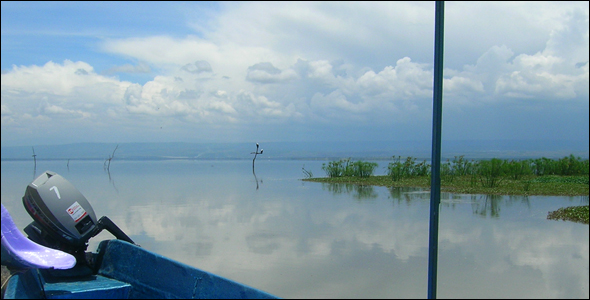


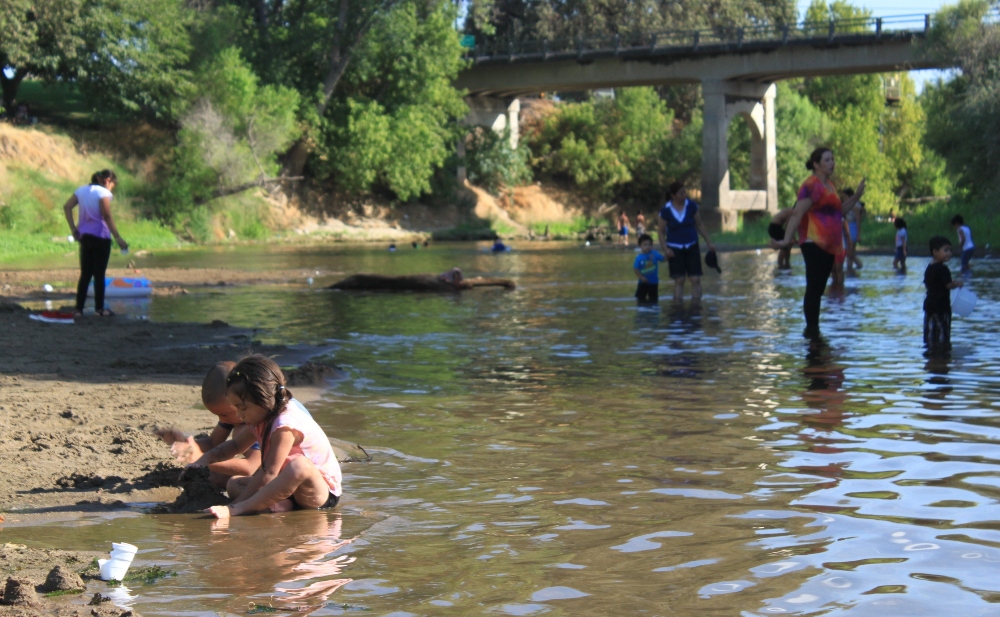
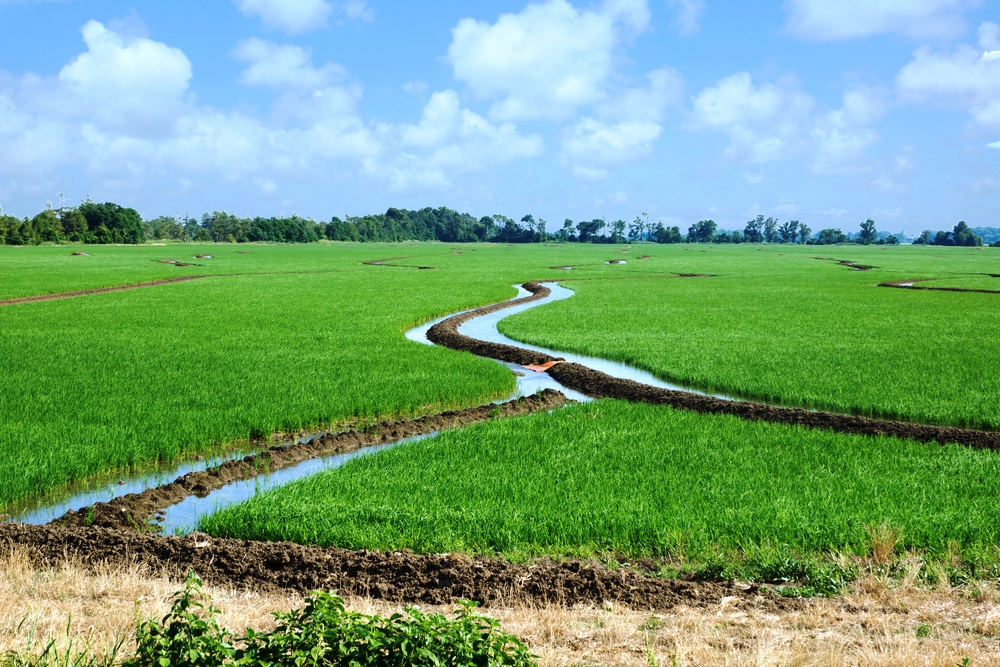
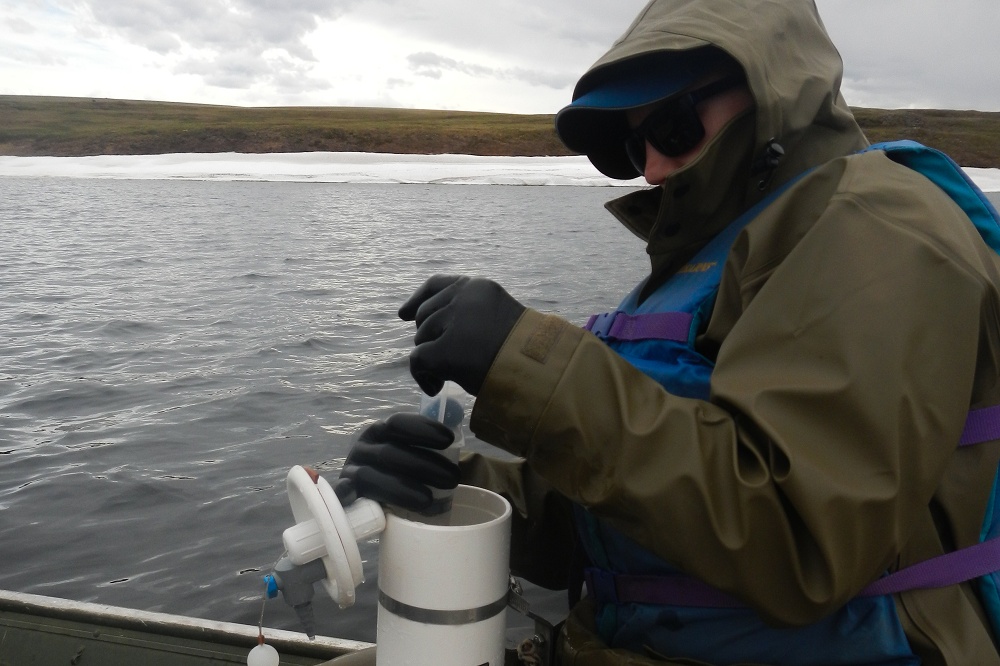


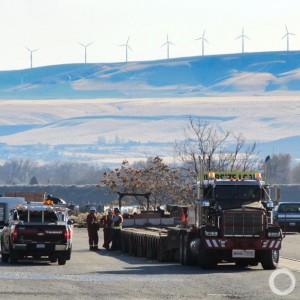
Leave a Reply
Want to join the discussion?Feel free to contribute!